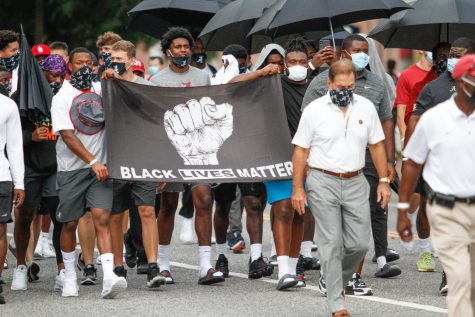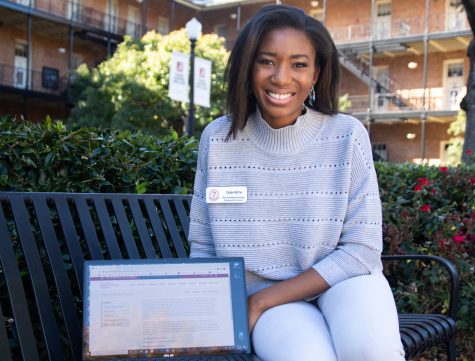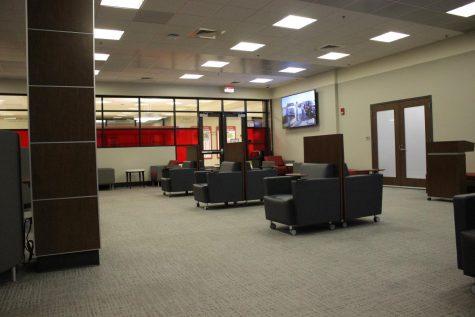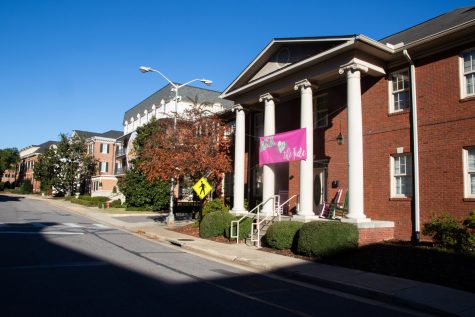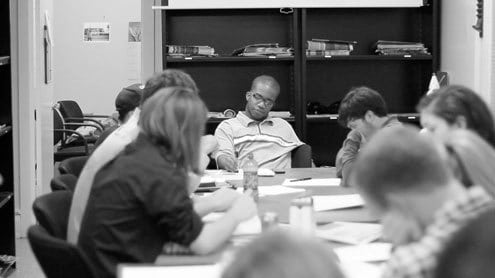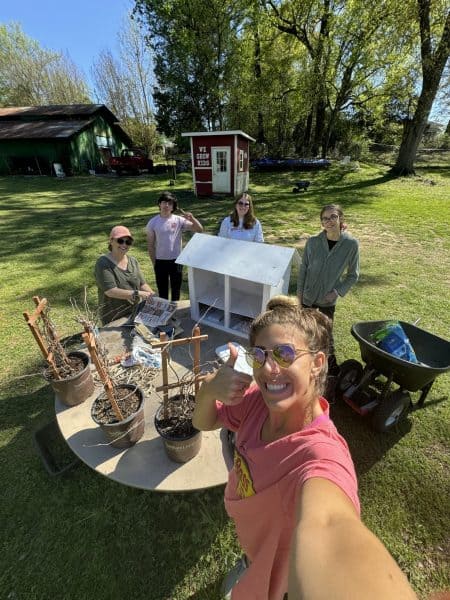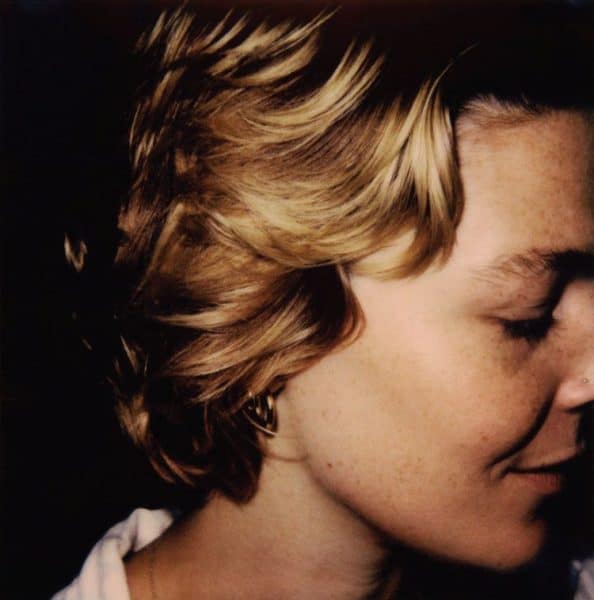How some UA alums are working for greater diversity in student media
Former student media workers are investing in the futures of student journalists of color.
Read more from the Dec. 3 1956 Collab Edition.
In the spring of 2010, Victor Luckerson was fresh on the job as the editor-in-chief of The Crimson White, two years of breaking news and opinions and features ahead of him. Though he didn’t know it yet, he would be the editor to finally move the paper to entirely original, non-wire content. He’d be the one to grow the paper’s online presence. He’d be the paper’s second Black editor-in-chief. And he’d be the one to guide the staff through the April 2011 tornadoes, cranking out more than 100 articles despite the lack of access to electricity and internet.
Luckerson grew in his time at The Crimson White. But working there was far from a perfect experience.
“I’ve been involved in a lot of white-owned or white-controlled institutions in life,” Luckerson said. “I mean, the University of Alabama is one of those, right? And The Crimson White is unusual because I was the editor of The Crimson White for two years.”
Luckerson’s position as editor-in-chief forced him to see the paper through two lenses: both as a student who wanted more representation and more opportunities for mentorship from other Black journalists and as someone bogged down in managing the bureaucracy of the paper, Luckerson said. Now that he has more distance from his days at The Crimson White, Luckerson is trying to fix the lack of diversity that made him feel alienated in his own newsroom.
Along with other UA student media alumni, Luckerson is leading up Media Alumni Seeking to Highlight Equity and Diversity (MASTHEAD), a non-profit organization developed this fall with the purpose to provide financial and monetary resources for student journalists of color.
MASTHEAD’s mission statement says that the group will “advocate for diverse, anti-racist, equitable student media at the University of Alabama.” Part of that mission includes funding for Nineteen Fifty-Six and The Crimson White, as well as a mentorship program that links Black media professionals with Nineteen Fifty-Six staff members.
Luckerson, now an author and journalist, serves as president of the MASTHEAD board. Jasmine Cannon, documentary filmmaker and a fellow alum of The Crimson White, leads up the mentorship program in her capacity as a board director of MASTHEAD. Luckerson and Cannon said MASTHEAD was born of many factors, including the reckoning that followed the police killings of Breonna Taylor and George Floyd as well as shared feelings of disappointment from majority-white workplaces.
Cannon echoed Luckerson’s concerns about being the sole person from a minority group in the room.
“The lack of diversity is sometimes troubling, and it’s not always lack of diversity on the outside, sometimes it’s also lack of people who think differently,” Cannon said. “Lack of people from different locations, lack of [people] with different backgrounds in multiple areas.” The lack of diversity is sometimes troubling, and it’s not always lack of diversity on the outside, sometimes it’s also lack of people who think differently. — Jasmine Cannon
The desire to improve conditions for future student journalists at the University drives MASTHEAD forward. The organization is currently raising funds through its official website, and those proceeds will fund the salaries of an upcoming race and identity desk at The Crimson White, scholarships, sending students to journalistic conferences and events headed by student media leaders.
The work from these efforts began this past summer when The Crimson White Editorial Board wrote an editorial about its goal to look through the paper’s editorial structure to become more diverse in hiring and in sourcing stories. The following week, Luckerson contacted Rebecca Griesbach, The Crimson White’s current editor-in-chief, and offered MASTHEAD’s help to implement the board’s goals.
Those goals eventually expanded to include a dedicated race and identity desk, based in part on the one run by the Associated Press, a system for logging source diversity and series of collaborative events between The Crimson White and Nineteen Fifty-Six—the first of which is this very issue.
In the spirit of making strides to be inclusive to students of color, MASTHEAD has established a mentorship program. The program works with the students on the Nineteen Fifty-Six staff to deliver a valuable mentorship experience.
“We specifically have been trying to recruit media professionals of color and matching them with students and student journalists of color,” Luckerson said. “So we would have that opportunity for students to have interesting people who share some of their common experiences.”
MASTHEAD board members are hopeful that the mentorship program will encourage student journalists of color by connecting them with people they can see themselves in.
“[The program seeks] to ensure that students are on campus… feel empowered; they feel like their voices matter; they feel like their time on campus is not being ignored or wasted and they’re doing things for themselves and also for their careers,” Cannon said.
Cannon added that the program is especially needed at the University, where there aren’t many mentorship programs on campus, especially those that work to match Black students with Black mentors.
“I think it’s important in particular that this happens at The University of Alabama so these students can have this because I doubt there is something [at the University] for all students,” Cannon said. “Even some of the mentors and alums that I’ve talked to, they’ve told me that they wish there were programs like this when they were in school, and I’ve seen how the power of connection, based on where you went to school, can impact your professional journey.”
Outside of the mentorship program and benefits of additional funding, students working with the UA Office of Student Media now have off-campus voices advocating for their work in diversifying campus newsrooms. Tionna Taite, the editor-in-chief of Nineteen-Fifty-Six, said it not only empowers the student journalists working in those organizations, but also amplifies their work to professional journalists outside of Alabama.
“MASTHEAD is important because it shows that our programs on campus that are pushing for diversity, inclusion; such as Nineteen Fifty-Six and The Crimson White, have outside support,” Taite said. “Not only from alumni, but just people in the media field and professionals who want to see us do well.”
Diversifying UA campus journalism to accurately reflect its audience is no easy feat, but MASTHEAD will be there to back up the student journalists who want to engage in that labor.


